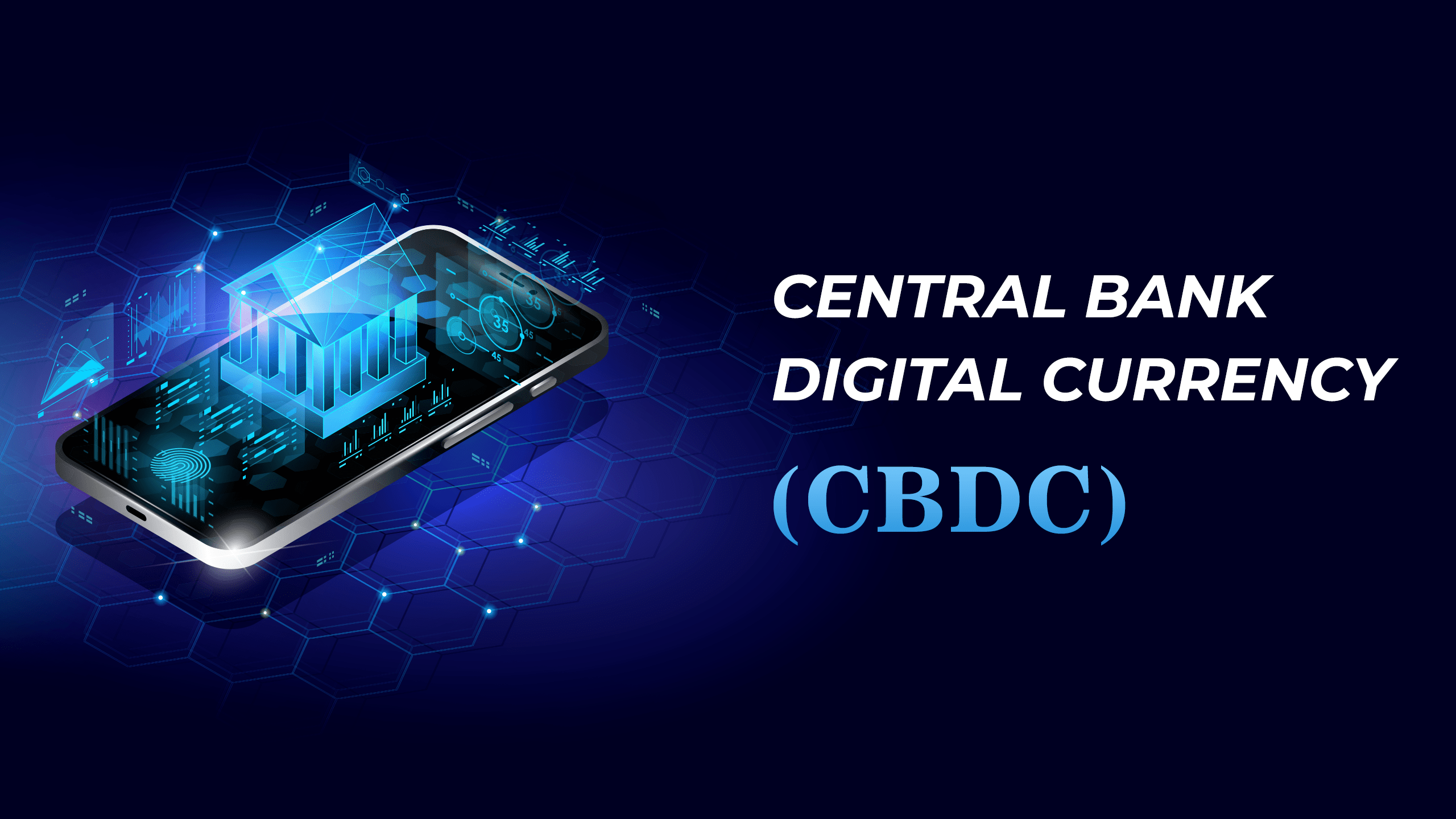CBDC? Have you been juggling to get answers to this? We are here to cover it up!
Central Bank Digital Currency is a digital currency issued by the central bank. A commercial bank cannot digitize currency on behalf of the Central Bank because it is a direct responsibility of the Central Bank. Central banks are concerned that disruptive financial services that offer a faster, cheaper, and easier way to transact may lead them to lose control over policies. Innovation and research have also driven the development of Central Bank Digital Currency (CBDC).
Let’s explore CBDC architectures in this blog and learn all about them.
Regular Currency VS Digital Currency
Today’s currency infrastructure allows citizens to check their bank balances online and move/invest their money online. Commercial banks handle all disputes regarding this digital form of currency since central banks do not issue it.
Cryptocurrency
Digital currencies based on distributed ledger technology are among the fastest-growing digital currencies; however, they are not issued by central banks and have very high volatility. In order to maintain stability in financial systems, its use is less effective. Typically, stablecoins are pegged to reserved securities at a 1:1 ratio to maintain minimum volatility.
Fungible and Non-fungible Tokens
In CBDC tokens, fungibility can be modeled and distributed. It is easier to break tokens into small denominations using fungible tokens than through third-party services. On the other hand, non-fungible tokens cannot be divided for payments, requiring a service like ‘change maker’ which facilitates the exchange of tokens for smaller denominations. Consequently, the ‘change maker’ service requires liquidity management.
Token ecosystems are not complete without digital wallets. Wallets do not store tokens, rather, they serve as virtual identities of users and contain key pairs for addresses on ledgers that hold tokens.
Wholesale and Retail CBDC
Wholesale CBDCs and retail CBDCs can be broadly categorized. In contrast, Wholesale CBDC primarily targets financial institutions, such as holding reserves at central banks. The retail CBDC focuses on everyday transactions, such as fiat currencies, aimed at consumers and businesses.
There are two classes of retail CBDC: account-based CBDCs, which require digital identification, and token-based CBDCs, which are generated keys, which allow users to transact anonymously.
3 Types of CBDC Design Architectures
Regardless of who issues CBDCs, their design models will vary depending on how consumers and businesses access and claim them. Following are three types of design models listed by the Bank for International Settlements (BIS):
#1 Indirect CBDC Architecture
Consumers and businesses rely heavily on intermediary banks in this model. Each Commercial Bank is tracked by the Central Bank, which provides additional support to end users. Wholesale payments are managed by the Central Bank, while retail payments are handled by the Commercial Bank. Commercial Banks that maintain KYC checks are directly responsible for CBDC for end users.
#2 Direct CBDC Architecture –
Central Banks control it. Consumers or businesses will have direct accounts with the Central Bank, eliminating intermediaries. In addition to CBDC claims and end-user KYC, the Central Bank manages all retail payment activities. This model is simpler to operate, but it adds additional overhead to the Central Bank when it has to run a KYC service.
#3 Hybrid CBDC Architecture –
The indirect CBDC model is combined with the direct CBDC model in this model. KYC and retail payments are managed by Payment Service Providers (PSPs). The Central Bank periodically manages end-user balances. In case of failure, this model helps align new PSPs by segregating end-user balance sheets from PSPs to Central Banks.
Key Takeaways
- The Central Banks issue and regulate CBDC as a digital form of fiat currency.
- Financial stability cannot be assured with cryptocurrency, as it is volatile and unreliable.
- Depending on their usage, CBDCs can be divided into wholesale and retail categories.
- As a digital asset, CBDC can be modeled using a token ecosystem.
- Using CBDC, transactions will be faster, cheaper, and safer by eliminating intermediaries and credit risk.




